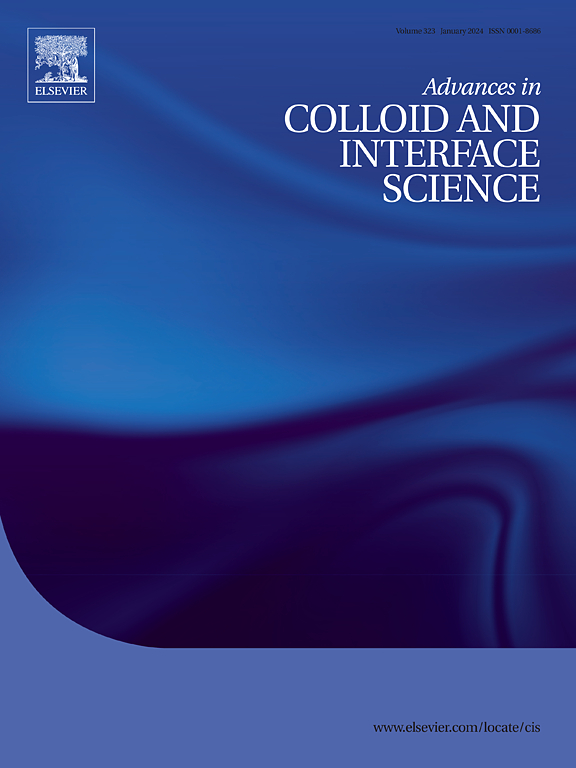Eco-friendly photothermal superhydrophobic coatings: Recently advances in icephobic mechanisms, efficient photothermal conversion, and sustainable anti/de-icing technologies
IF 19.3
1区 化学
Q1 CHEMISTRY, PHYSICAL
引用次数: 0
Abstract
Accumulation of snow and ice can pose significant safety hazards and economic losses in many areas of human life and production. Although traditional anti-icing methods have certain de-icing effects, they are mostly affected by the environment and terrain. Superhydrophobic materials originating from nature have attracted much attention for their outstanding passive anti-icing properties and promising application prospects. However, such passive anti-icing materials tend to lose their anti-icing properties after mechanical damage or exposure to harsh conditions. In recent years, more and more studies have shown that it is more practical to combine photothermal conversion properties with superhydrophobic properties. This innovative method integrates the benefits of passive anti-icing materials with active de-icing materials, showcasing exceptional energy-efficient anti/de-icing capabilities. This paper summarizes the advancements in research on photothermal superhydrophobic materials pertaining to anti/de-icing applications. The theory and mechanism of anti-icing are firstly introduced. Secondly, the anti/de-icing performance of photothermal superhydrophobic coatings is evaluated, and the research progress of photothermal superhydrophobic materials in the field of anti/de-icing is summarized, including carbon-based, metallic, semiconducting and polymeric materials. Finally, the challenges and future directions of photothermal superhydrophobic materials in practical engineering applications are discussed.

生态友好型光热超疏水涂层:在疏冰机理、高效光热转换和可持续防/除冰技术方面的最新进展
冰雪的积累会对人类生活和生产的许多领域造成重大的安全危害和经济损失。传统的除冰方法虽然具有一定的除冰效果,但受环境和地形的影响较大。源自自然界的超疏水材料以其优异的被动防冰性能和广阔的应用前景而备受关注。然而,这种被动防冰材料在机械损伤或暴露于恶劣环境后,往往会失去其防冰性能。近年来,越来越多的研究表明,将光热转换性能与超疏水性能结合起来更为实用。这种创新的方法结合了被动防冰材料和主动除冰材料的优点,展示了卓越的节能防冰/除冰能力。本文综述了光热超疏水材料在防除冰方面的研究进展。首先介绍了防冰原理和防冰机理。其次,评价了光热超疏水涂层的抗/除冰性能,总结了光热超疏水材料在抗/除冰领域的研究进展,包括碳基材料、金属材料、半导体材料和高分子材料。最后,讨论了光热超疏水材料在实际工程应用中的挑战和未来发展方向。
本文章由计算机程序翻译,如有差异,请以英文原文为准。
求助全文
约1分钟内获得全文
求助全文
来源期刊
CiteScore
28.50
自引率
2.60%
发文量
175
审稿时长
31 days
期刊介绍:
"Advances in Colloid and Interface Science" is an international journal that focuses on experimental and theoretical developments in interfacial and colloidal phenomena. The journal covers a wide range of disciplines including biology, chemistry, physics, and technology.
The journal accepts review articles on any topic within the scope of colloid and interface science. These articles should provide an in-depth analysis of the subject matter, offering a critical review of the current state of the field. The author's informed opinion on the topic should also be included. The manuscript should compare and contrast ideas found in the reviewed literature and address the limitations of these ideas.
Typically, the articles published in this journal are written by recognized experts in the field.

 求助内容:
求助内容: 应助结果提醒方式:
应助结果提醒方式:


